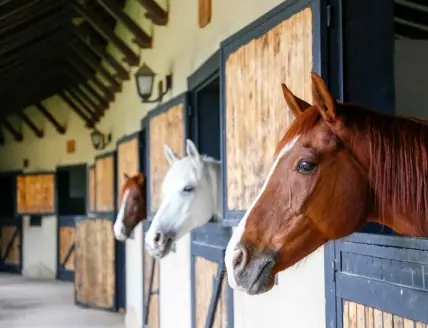VACATION HOME INSURANCE
Protect a second home as if it’s a first priority.
You want to protect your vacation home in the same ways your homeowner’s insurance policy helps you protect your primary home. Homes that are not occupied full-time are considered higher risk and you may want additional coverage.

Consider our vacation home
insurance services.
You have achieved the dream of purchasing a vacation home. Congratulations. Now is the time to think about how to protect that dream for years of enjoyment. Insuring your vacation home requires a unique policy. Premiums are based on a variety of factors, like the amount of time that your home will be unoccupied and the liability from renting the property, if you choose to.
Depending on the location of your vacation home—like near the coast,
in the mountains, or on a river or lake—you may need excess or surplus lines coverage.


What coverage options are available to me?
At a minimum, your lender will require that you carry hazard insurance to protect your property against damage from fires, earthquakes, or severe storms. It is also a good idea to add liability insurance, which covers you and members of your household for accidental injuries to your visitors. Opting for property plus liability insurance adds up to a standard homeowner’s insurance package. For an extra layer of protection, a personal umbrella liability policy extends your liability coverage for properties named in the policy.
What about renting our vacation home to others?
If you are renting out the property, you may have little control over the physical damage that can occur in or on it. Tenant-occupied dwelling insurance will cover the costs incurred by damage, including fire, storms, burglary, and vandalism. It does not cover your tenant’s personal property.
Renting your property furnished or unfurnished also has insurance coverage implications. If you are renting your property furnished, make sure to let us know. Premiums may be based on your coverage options and whether you need to consider requiring longer-term tenants to carry additional renter’s insurance.
If you are considering the purchase of a second home, contact us to learn more about the cost of insuring the property.

Other solutions from Marshall+Sterling.

Business Insurance
Marshall+Sterling can help you analyze and assess your risk, delivering custom solutions to help you protect your business.

Employee Health and Benefits
We provide our clients with a wide array of choices for cost-competitive programs throughout the insurance industry.

Retirement and Wealth
Dedicated to simplifying the complexities of the financial world and supporting you in achieving and protecting what matters most.

Equine, Farm, and Ranch Insurance
Our Equine Division specializes in personalized plans that encompass a full range of equine, farm, and ranch insurance coverage.
